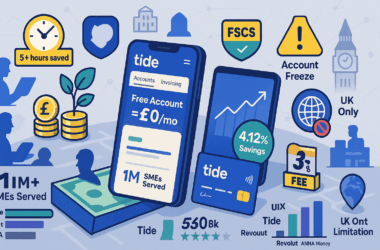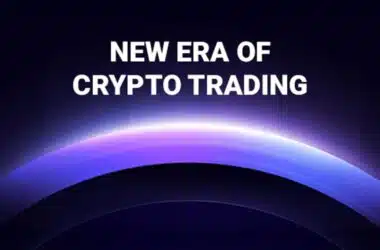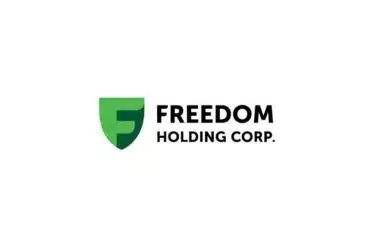In today’s paced world the financial services industry is constantly evolving to meet the changing needs of customers. One significant development is banking, which has gained traction in recent years and continues to gain momentum. However despite some familiarity, with the concept many people remain unaware of what open banking entails and how it can benefit them.
In this article, we will delve into an exploration of banking and examine its potential impact on the current state of the financial sector.
Table of Contents
What is Meant by “Open Banking”?
Open banking refers to a system that allows banks and other financial institutions to securely share customer data with authorized third-party providers (TPPs) through Application Programming Interfaces (APIs).
With explicit consent, from customers. Importantly this data exchange can only occur with customers’ permission. By facilitating this data sharing TPPs can. Offer financial products and services that empower individuals to better manage their personal finances.
Traditional banks did not prioritize investing in banking apps before the pandemic because they believed that the emerging fintech sector posed no threat, to their dominance. However, during the Covid 19 lockdowns, open banking applications experienced growth.
This was due to the realization that there was a demand for customized products and services. Fintech companies had solutions. They have lacked access to banking data hindering their implementation. As a result traditional banks and fintech companies recognized the benefits of collaboration than direct competition in fostering growth for both industries.
During this time period, several popular open banking apps emerged;
1. Mint: It is an app designed to help users manage their finances effectively by tracking expenses setting budgets and monitoring credit scores.
2. Plaid: This platform enables developers to create applications by establishing connectivity with customers bank accounts. It simplifies access to transaction details account balances and other relevant financial information. Plaid Inc. Is the company, behind this innovation.
3. Yolt is a tool, for managing your money offering insights into your spending habits and budgeting. It also allows you to keep track of all your bank accounts, credit cards and investments in one place.
4. Tink: A European open banking platform that provides developers with the tools to create personalized financial services, such as account aggregation, payment initiation, and personal finance management solutions.
5. Bud: A financial technology platform that connects banks and fintech companies, enabling them to share data and offer tailored financial products and services to customers.
6. Emma: A budgeting and savings app that helps users manage their finances by tracking spending, finding wasteful subscriptions, and providing personalized recommendations for saving money.
To put it simply open banking acts as a connection between your bank account and various financial apps and services. It enables them to collaborate without any disruptions. These apps and services can provide recommendations to assist in saving money or help you find deals on loans, credit cards, and other financial products when granted access, to your financial data.
The Benefits of Open Banking
There are advantages associated with banking, for customers, businesses, and the entire financial ecosystem. These include;
1. Enhanced Customer Experience: Open banking allows customers to easily manage their finances by integrating apps and services. This simplifies the process of tracking expenses setting budgets and making decisions. Overall it makes the customer experience more streamlined and user-friendly.
2. Increased Competition and Innovation: banking fosters an environment where financial institutions and third-party providers are incentivized to innovate and offer superior products and services to customers. This competition ultimately benefits customers by providing them with choices and improved services.
3. Enhanced Financial Inclusion: Open banking can improve inclusion by granting access to financial products and services, for underbanked or unbanked individuals. By sharing data among themselves third-party providers can develop solutions that cater to the needs of these customers. These advantages highlight how open banking can positively impact stakeholders within the industry while enhancing overall customer satisfaction.
4. Enhanced Safety: Open banking although it may seem contradictory, at first can actually enhance safety by implementing security procedures and protocols across all participating banks. This might sound counterintuitive. It can genuinely bolster safety measures. By sharing customer information between banks and third-party providers (TPPs) this provision ensures an environment for data exchange.
The Future Outlook for Open Banking
As open banking continues to gain momentum and acceptance we can expect a surge in the introduction of products and services. The potential for growth and advancement in this industry is virtually limitless encompassing everything from retirement savings plans to AI-powered investment advice.
However, the realization of banking’s success heavily relies on adoption by financial institutions, TPPs, and individual customers. Additionally, effective regulations play a role, in ensuring the security and confidentiality of customer information. Once these requirements are met, open banking can revolutionize the banking sector entirely. Creating an environment that’s more efficient and customer-centric.Young professionals and students embarking on their careers will discover that open banking is a potentially rewarding field to delve into. With banking customers are assured of receiving products and services as it fosters healthy competition, among banks and other financial institutions. Moreover, open banking expands the options for customers who previously may not have had access, to services. By enforcing a set of security measures we can enhance the safety of the financial ecosystem.














Recent Comments